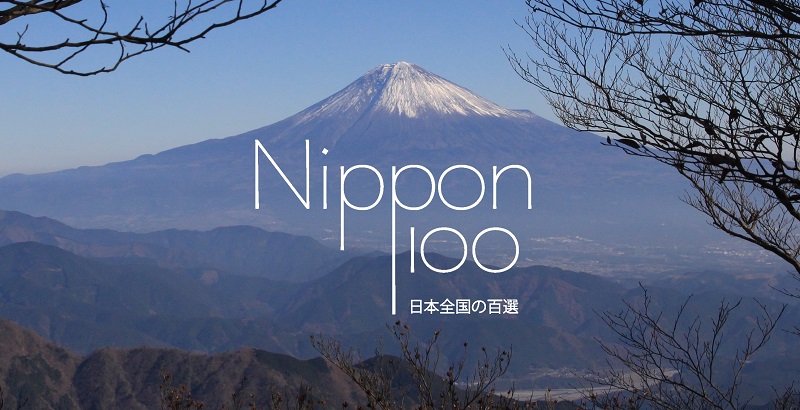The valley of Kamikochi, in Nagano prefecture, was among the first hiking destination in Japan. It was very popular among the Europeans living in Japan in early Meiji Era (1868-1912), and everything began with the British missionary Walter Wesson. Today the 1500 meters high valley, in the middle of Chubu-Sangaku National Park and often referred as “Japanese Yosemite”, is getting crowded every summer and every fall, for the beautiful autumn colors. And Kamikochi is one of the Heisei 100 landscapes.
Kamikochi was our last place to visit, out of the list, in the Japanese Alps and the last one in Nagano prefecture. A mountainous area with many impressive sights, including Matsumoto and his black castle, the Alpine road and Kurobe dam, Hida Mountains, or slightly further, Takayama and Shirakawa-go.
Kamikochi valley, 1500 meters above sea level, is surrounded by snow covered summits, including Nishihotakadake (2909 m), Okuhotakadake (3190 m), Maehotakadake (3090 m) and active volcano Yakedake (2455 m). From the Kappabashi, the iconic pedestrian bridge not far from the bus terminal, many hiking trails are running in between and to the top of these mountains.
It is possible to camp in Kamikochi – many camping grounds are available – or to stay in one of the several hotels to be found in the valley. Be sure to book in advance in fall, as the destination is really popular in the time of the changing colors leaves. The trails too get crowded at that period of the year.
When there is not too many hikers, one should pay attention to the numerous monkeys of the valley. But as for bears, they are not frequently seen in Kamikochi.


 |
 |

Kamikochi is famous since the 19th century, when British missionary Walter Weston first enjoyed the valley and get involved in its preservation. The man is now remembered as the “Father of Japanese mountaineering”. A festival is organised in Kamikochi every June to commemorate Kamikochi first hiker.



Since 1934, Kamikochi is part of the Chubu-Sangaku National Park, which includes part of Gifu, Toyama, Nagano and Niigata prefectures.
And for many Japanese, Kamikochi also calls in mind memories of long lines of cars getting to or back from the valley in the middle of Alpine nature. That’s because the road getting up there was not closed to private cars until 1994, and thus was very very crowded during holidays.


In Kamikochi, there is also a marshland to explore, just like in Oze, by walking on elevated wooden paths. And several ponds are waiting the hikers. Our personal favorite one being Myojin pond, which is definitely worth the 300 yen fee required to enter the Hotaka shrine ground.




How to get there?
Most of the hikers are reaching Kamikochi from Matsumoto, which stands 3h away from Tokyo by bus or about 2h45 by train (6000 yen from Shinjuku with the JR Chuo Line). From the castle town, one still has to take a train to Shin-Shinashima and then a bus to reach Kamikochi. Some direct buses are also available.
The journey from Matsumoto to Kamikochi is a 1,5 hours one, with a common ticket at 2450 yen one way or 4550 yen back and forth. First bus in the morning leaves at 4:30am. Once arrived in Kamikochi, the best option is to book a seat in one of the return bus, which easily get crowded – the reservation is available at the counter several days in advance.
An alternative way is to travel to Kamikochi from Takayama in neighboring Gifu prefecture, with a change at Hirayu Onsen (1570 yen for the first bus, 1h, and 1160 yen for the second one, 25 minutes).
Finally the official website offers many useful tips in English.






